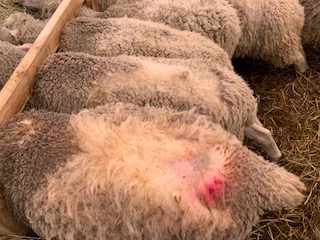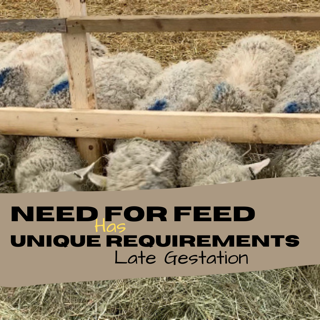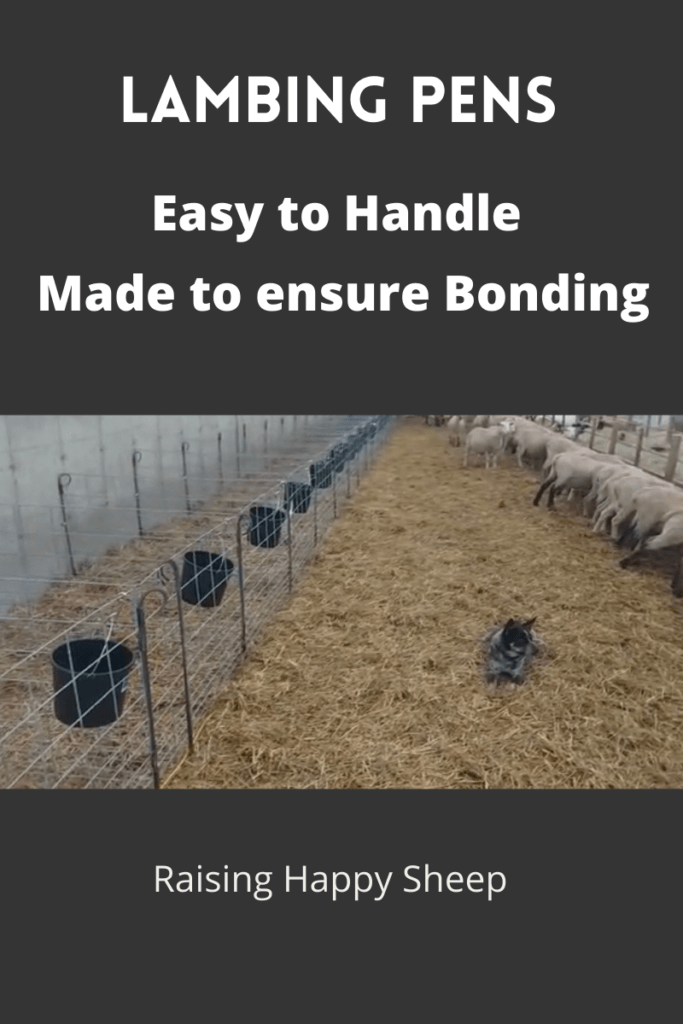Sheep losing wool. How to Handle? One advantage to spending time on a daily basis with the flock is that changes in appearance or behaviours occur. An example of this was that one day as the flock inside the barn were all lined up to eat; we noticed that there was a strip of whiter wool in the center of the backs of multiple ewes. We kept an eye on this. Shortly after, we noticed that one ewe developed a patch of missing wool on the center of her back. Next we noticed a couple of ewes rubbing themselves along the wall to scratch.
How to figure out why this was happening successfully can be accomplished through assistance of your Vet. It’s key to develop the knowledge that symptoms exist and contacting your Vet as early as possible.
Sheep wool is falling out.
Sheep losing wool is one sign that there may be an infestation of lice. This is an indicator to keep a close eye on the behaviour of the flock. Watch for other symptoms like itching.
What are the symptoms of lice in Sheep?
Signs that occurred that caught our attention that something was wrong began when we noticed that the flock’s wool appeared to be loose and one ewe was losing her wool in a large area on her back.
We discussed this with our Vet and he asked us to collect a sample to allow him to assess. The Vet’s recommendation was that we treat the whole flock in the barn with Ivomectin by drenching the ewes.

This image shows the signs of lose of wool as a result of lice on sheep.
“Drenching” Refers to the process of delivering oral deworming medication. This is a fairly straightforward process, but you must be careful and thorough to avoid accidentally hurting the sheep.
Sheep Losing Wool. How to Handle? Watch the Steps We Took
We made a video sharing how to collect a sample successfully and signs that the sheep were struggling with being itchy and losing their wool. Once we collected a sample and our Vet had it analyzed, we drenched our flock because we had 3 ewes showing signs of distress in a short time span. Once we drenched the flock, everything improved including their body condition.
When to De-Lice Sheep
We will modify our managerial task schedule to include this step to prevent another infestation. Our schedule will plan for six weeks before lambing. Control ticks and lice immediately after shearing.
When are Lice a Problem
Biting and sucking lice are most abundant on animals during the winter. They are transferred by direct contact as sheep bunch in response to cold conditions. Reduced light intensity of winter months is thought to play a significant role in increase in louse numbers, as well. Source: https://kentuckypestnews.wordpress.com/2018/11/27/sucking-and-biting-lice/
Reasons for Concern
It is difficult to quantify direct economic and health impacts from infestations of biting and sucking lice. However, it appears that averages of 10 or more per square inch, at certain locations on the body, are necessary to affect weight gains significantly. Moderate to heavy infestations add to the stresses of winter, shipping, inadequate nutrition, internal parasites, and disease. In addition, blood loss to sucking lice can produce anemia. When abundant, biting and sucking lice can contribute to general unthriftiness of animals and may prolong recovery from disease. Source: https://kentuckypestnews.wordpress.com/2018/11/27/sucking-and-biting-lice/
COLLECTING LICE SAMPLES
EQUIPMENT AND SUPPLIES:
- Ziploc or sealable sandwich bags
- Disposable gloves
- Sharpie black pen (for identifying samples)
- Form on which to record: date samples collected; from which group of animals; age of animals . sampled; total number of individual samples collected
Source: Ontario Sheep
We were only successful in obtaining a sample with the use of a fine tooth dog brush.
The lice are too small to see and we needed to obtain a sample to bring to ‘ the Vet. This was only going to occur if we could transport the sample. Therefore we obtained a clip of wool from one animal. This allowed the Vet to determine what type of lice we were dealing with as well as if there were too many on the animal. If this was the case, we would have to treat..
How Much Medicine do I Administer.
Our vet suggested that we administer Ivomec. Each drench is different, so you will need to read the package instructions that come with the drench to determine the proper dosage ration. If unsure, check again with your vet..






